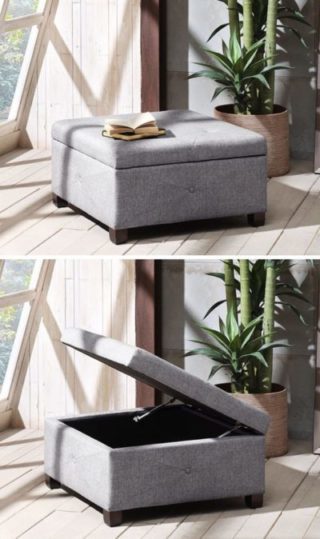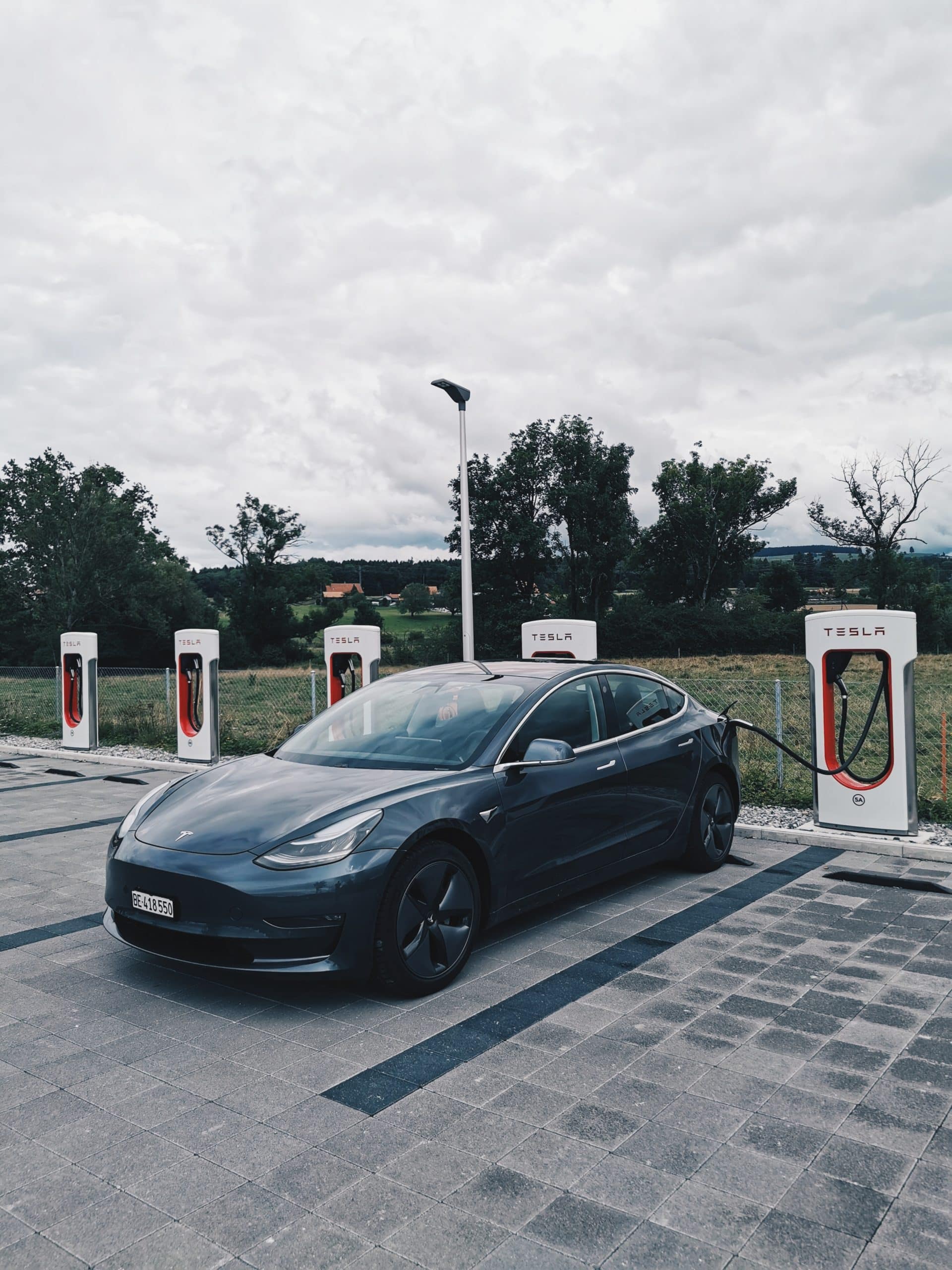
The Basics of a Sustainable Home: How You Can Start Today
Building and having a sustainable home is more feasible now than ever before. The technologies to do it are becoming more affordable, governments are becoming more supportive of sustainability efforts, and communities around the world are launching their own eco-friendly initiatives. If you want to catch up with the rest of the planet, here’s how you can start planning your own dream green home.
The Building Blocks of Sustainability
 If you want to build a home from scratch, a renewable biocomposite material called Hempcrete could be a good choice if you want your walls to be fireproof, durable, mold-resistant, and well-insulated. The use of renewable resources to create durable construction materials has actually become a trend that’s sweeping the globe, and Hempcrete is just one example.
If you want to build a home from scratch, a renewable biocomposite material called Hempcrete could be a good choice if you want your walls to be fireproof, durable, mold-resistant, and well-insulated. The use of renewable resources to create durable construction materials has actually become a trend that’s sweeping the globe, and Hempcrete is just one example.
In the Philippines where local communities are dealing with the effects of ashfall from the eruptions of Taal Volcano, local environmental officials have combined volcanic ash with cement, sand, and even discarded plastics to form unique bricks, most of which will be used to repair and rebuild local infrastructure damaged by volcanic earthquakes.
We’re not saying that you should travel to the Philippines to get these unique bricks for your house. The point is, sustainable housing materials are being developed all over the world using locally available and renewable resources, and you can probably find alternatives near you, too.
Review Your Renewable Energy Options
 Like eco-friendly building materials, renewable sources of energy are becoming more and more commonly available as well. For instance, citizens in Wellington in New Zealand can now choose between a number of different companies that generate electricity via renewable sources to power their homes.
Like eco-friendly building materials, renewable sources of energy are becoming more and more commonly available as well. For instance, citizens in Wellington in New Zealand can now choose between a number of different companies that generate electricity via renewable sources to power their homes.
If you’re not lucky enough to live in a place where actual commercial and public electric companies rely on renewable sources, you can also opt for onsite generators such as home-use wind turbines or solar water heating systems to at least minimize your impact on the fossil-fueled grid.
A Little Basic Maintenance Can Go a Long Way
Not every sustainability-focused solution needs to be cutting-edge or high-tech. Simply keeping your house’s basic utilities well maintained can go a long way in attaining and maintaining sustainability. This is especially true in places that experience extreme temperatures, which not only speed up regular wear-and-tear, but also decrease the overall efficiency of certain utilities.
 In the UK, HomeServe notes how boiler and plumbing repair coverage are among the biggest concerns for the British, which makes sense because it’s a country where extreme winters threaten the integrity of these utilities. Likewise, similar maintenance concerns exist wherever extreme heat occurs. In a Vox article on the Arizona heatwave, the online magazine details how the impact of extreme heat doesn’t always manifest instantly. Unlike the winter cold which sometimes results in instant freezing or bursting, the damage from a seasonal heatwave tends to mount over time, causing metal pipes to slowly expand, crack, or leak.
In the UK, HomeServe notes how boiler and plumbing repair coverage are among the biggest concerns for the British, which makes sense because it’s a country where extreme winters threaten the integrity of these utilities. Likewise, similar maintenance concerns exist wherever extreme heat occurs. In a Vox article on the Arizona heatwave, the online magazine details how the impact of extreme heat doesn’t always manifest instantly. Unlike the winter cold which sometimes results in instant freezing or bursting, the damage from a seasonal heatwave tends to mount over time, causing metal pipes to slowly expand, crack, or leak.
Whether you live in extreme heat or cold (or both depending on the time of the year), it’s always a good idea to keep basic utilities in tip-top shape. The closer your plumbing and temperature regulation systems are to optimal condition, the easier it will be to keep your home sustainable.
Furnish Intelligently
 Remember there’s no such thing as throwing anything “away” — all waste is bound to end up in a landfill or ocean somewhere. This is why simply being mindful about furnishing your home is already a big step towards sustainability.
Remember there’s no such thing as throwing anything “away” — all waste is bound to end up in a landfill or ocean somewhere. This is why simply being mindful about furnishing your home is already a big step towards sustainability.
Our own feature on sustainable home furnishing tips here on Biofriendly Planet lists several ways to do this, from choosing furniture made from natural and renewable materials, to choosing multi-purpose furniture designed to maximize space at home. You can also opt for more eco-friendly appliances designed to lower utility bills through reduced environmental impact.
Remember that building a sustainable home is not some overnight project. It’s a lifelong effort filled with countless challenges as well as opportunities for continued improvement. Following this list of tips is just the start of your journey towards true long-term sustainability.



Post a comment